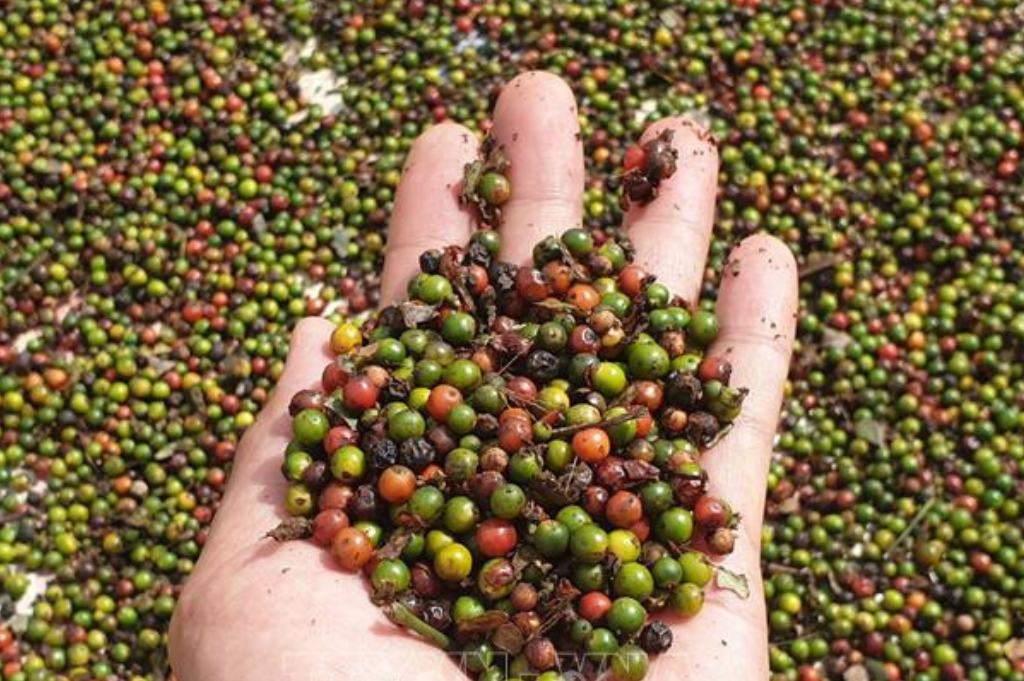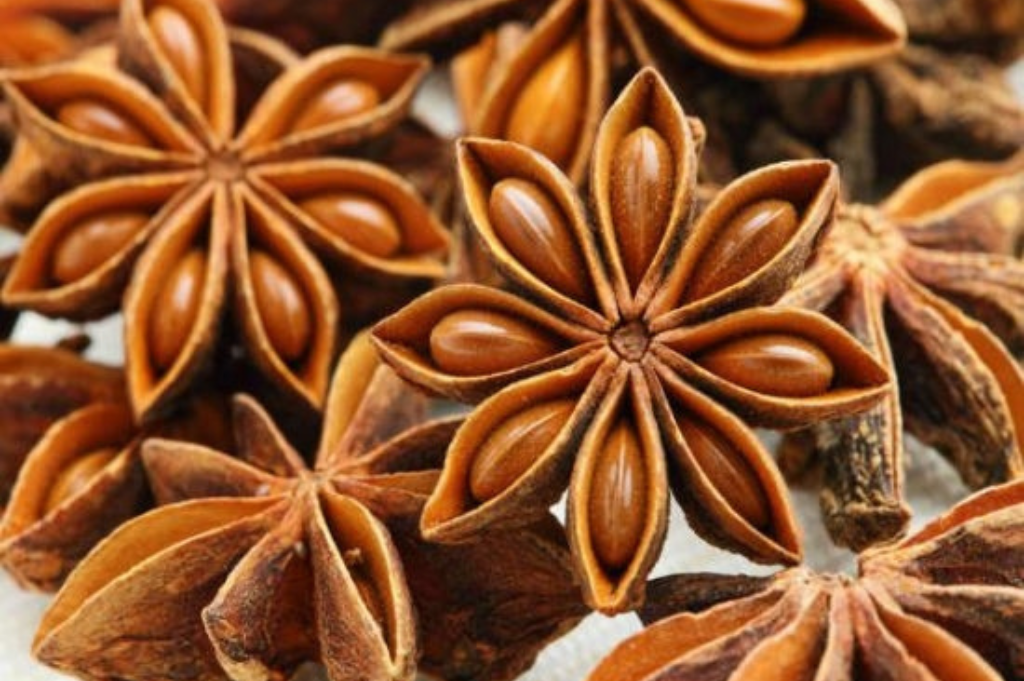1. Understanding the Global Demand for Mango Export
The global demand for Vietnamese mango export continues to rise, as consumers increasingly seek tropical varieties with rich sweetness, smooth texture, and consistent quality. Moreover, as one of Vietnam’s strongest agricultural products, mango plays a central role in international sourcing strategies, particularly for buyers aiming to diversify their tropical fruit supply chains. Consequently, with growing interest in premium fresh mango, Vietnam maintains a strong reputation as a reliable supplier for large-scale B2B import programs.
1.1. Key Importing Countries
Major destinations for Vietnamese mango fruit include the United States, Japan, South Korea, the European Union, Australia, and Middle Eastern markets. In particular, these buyers prioritize mango varieties that comply with strict food-safety standards, ensure consistent quality, and undergo professional post-harvest treatment processes essential for international trade.
1.2. Why Vietnamese Mango Has a Competitive Edge
Vietnamese mango fruit possesses clear competitive advantages in global markets. Its naturally sweet flavor, diverse mango varieties, and competitive pricing make it an attractive choice for importers. Improved farming standards, expanded Global GAP adoption, and advanced post-harvest technologies enable Vietnam to supply high-quality fresh mango consistently. Companies like HAVIGO further strengthen this edge by offering standardized sourcing, export-ready handling, and reliable logistics coordination.

2. Types of Vietnamese Mango Popular in International Markets
Vietnam produces numerous mango varieties, but only a select group consistently meets export requirements. HAVIGO supplies the leading commercial varieties that are highly preferred by global buyers of Vietnamese mango fruit.
2.1. Cat Chu Mango
Cat Chu mango is one of the most popular Vietnamese mango fruit varieties for export. With its golden flesh, balanced sweetness, and strong aroma, it offers excellent shelf life and is ideal for long-distance transport to markets such as the U.S., Japan, and South Korea.
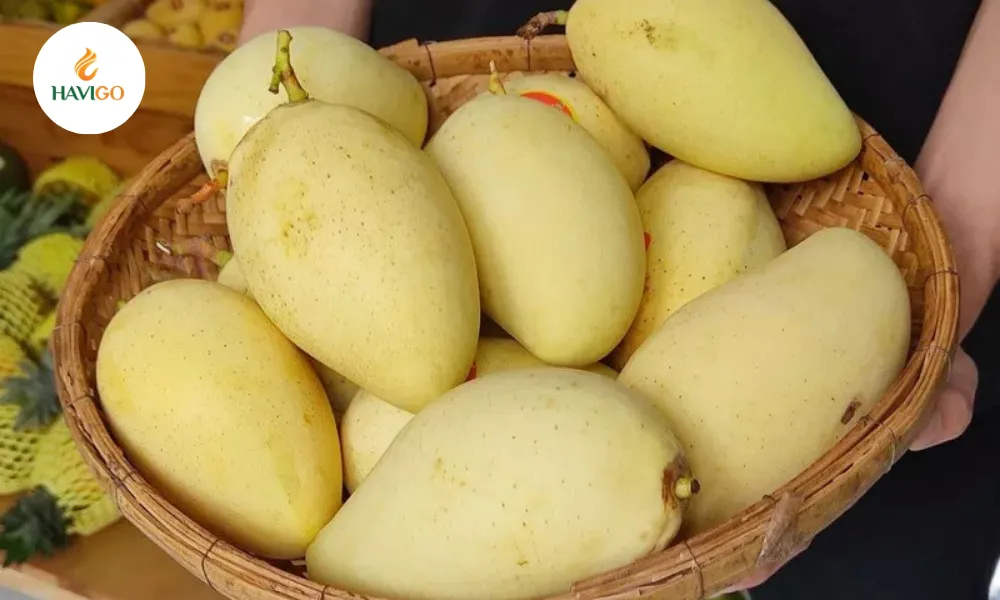
2.2. Hoa Loc Mango
Hoa Loc mango is recognized as one of Vietnam’s most premium varieties. Featuring honey-like sweetness and a luxurious aroma, this Vietnamese mango fruit is highly valued in high-end retail programs in Japan and Korea.
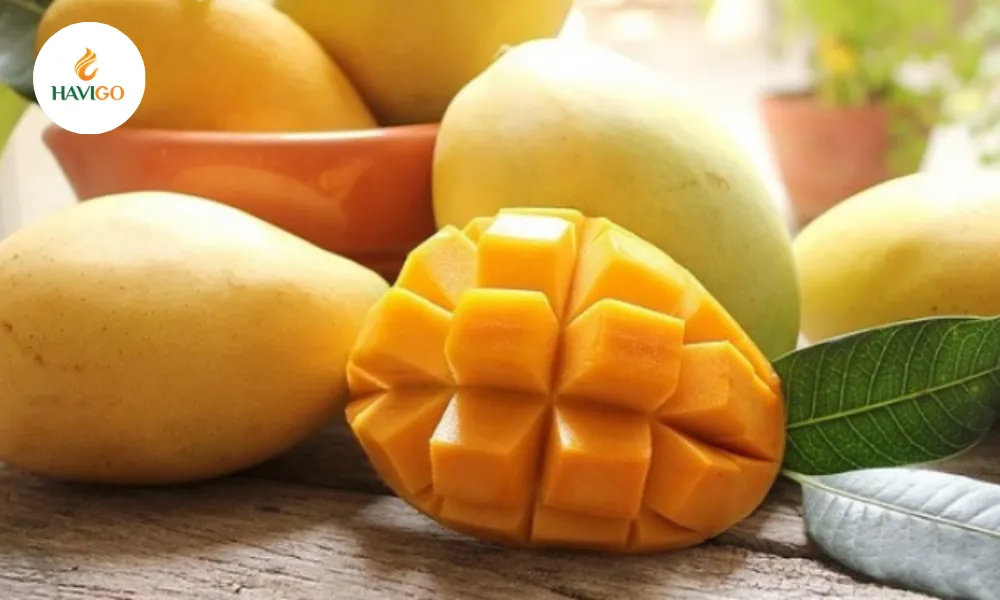
2.3. Keo Mango
Keo mango is a versatile export variety, offering a slightly crisp texture when semi-ripe and pleasant sweetness when fully mature. Thanks to its durability, long shelf life, and stable shape, it is suitable for both air and sea freight and is especially popular in Asian and Middle Eastern markets.
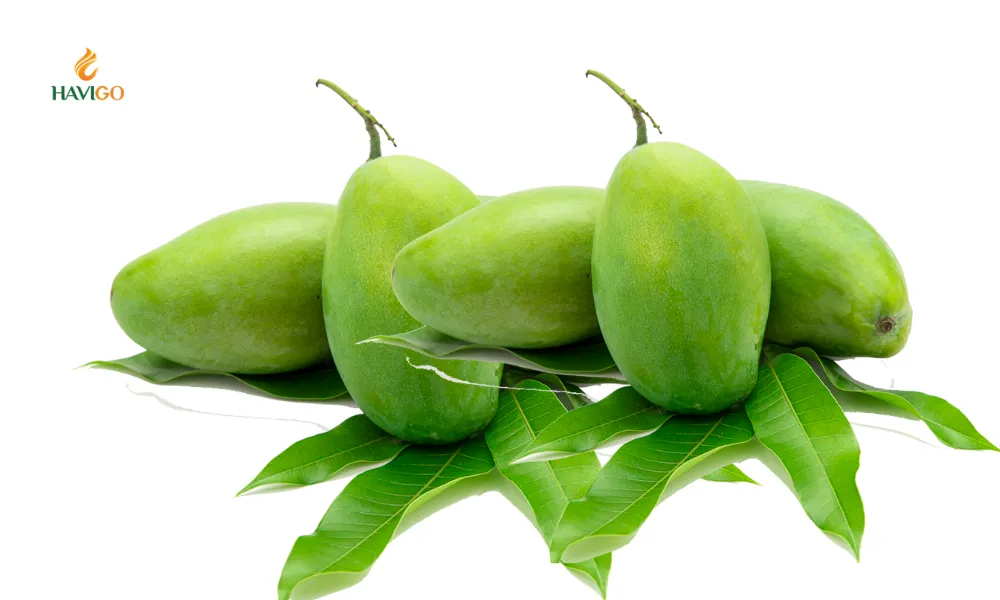
2.4. Pink Mango
Pink mango stands out with its attractive pink-blushed skin and firm, aromatic flesh. Moreover, its large size, impressive shelf life, and strong visual appeal make it a preferred choice for premium retail chains and high-value gift markets. HAVIGO supplies Pink mango year-round due to diversified farming regions.

2.5. Elephant Mango
Elephant mango is known for its extra-large size, often reaching 500–1000g per fruit. With firm flesh and mild sweetness, it ensures excellent transport durability. This variety is ideal for wholesalers and retailers targeting unique or novelty fruit selections, particularly in China, Korea, and the Middle East.
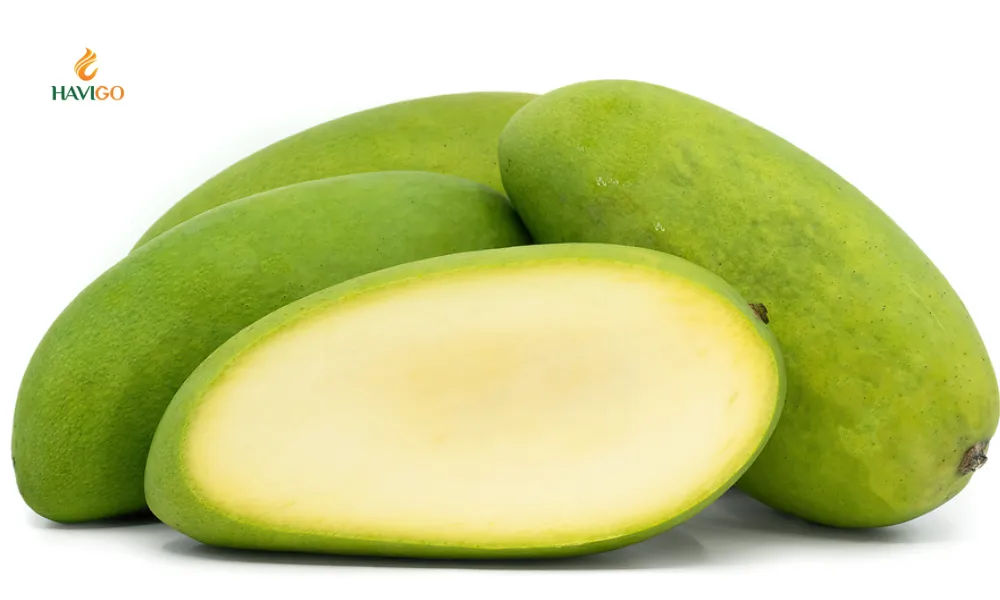
2.6. Four Quarters Mango
Four Quarters mango is a medium-sized variety with balanced sweetness and consistent quality. Moreover, boasting a long shelf life of up to 30 days under cold-chain conditions, it is highly suitable for sea freight, making it a reliable option for international buyers of Vietnamese mango fruit.
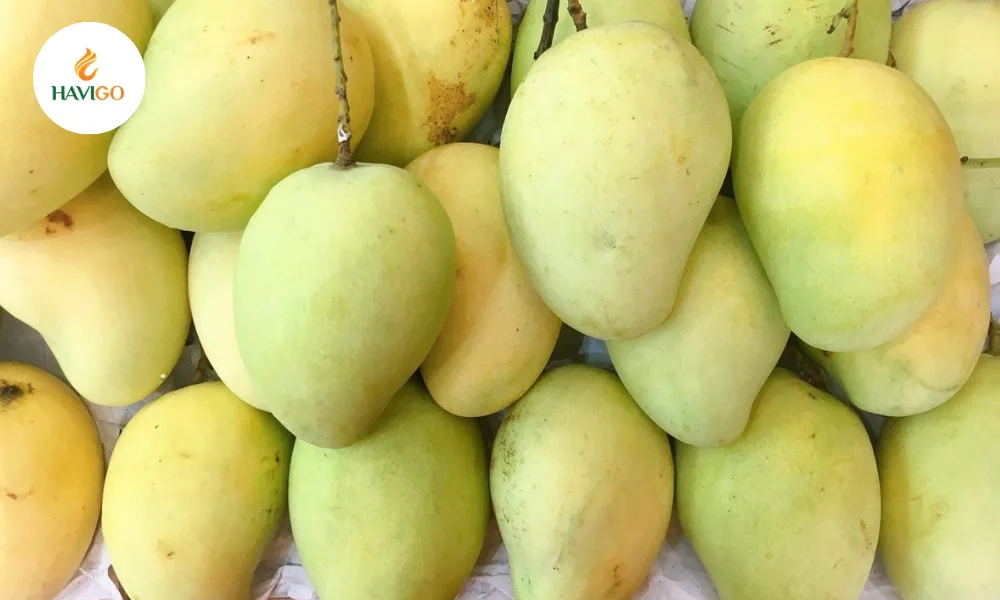
2.7. R2E2 Mango
R2E2 mango, a premium Australian-origin variety widely grown in Vietnam, is recognized for its large size, attractive color, and firm texture. As a result, it has become a top choice for high-end supermarkets. Furthermore, its strong appearance, mild sweetness, and excellent shelf life make it one of the most stable export Vietnamese mango fruit supplied by HAVIGO.
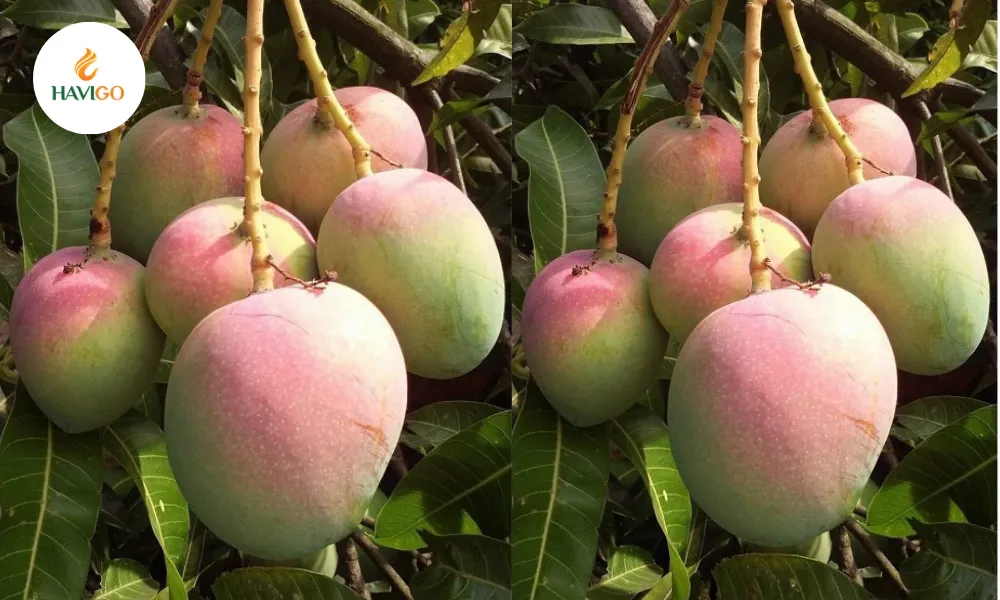
3. Quality Standards Required for Mango Export
3.1. Global GAP Requirements
To supply Vietnamese mango fruit to strict export markets, farms must meet Global GAP certification. This ensures safe agricultural practices, proper pesticide control, clean farming systems, and complete traceability—key conditions for access to markets such as Japan, the EU, and Australia.
3.2. Post-Harvest Handling Standards
Vietnamese mango fruit must pass required post-harvest treatments such as hot water treatment, vapor heat treatment (VHT), or irradiation, depending on the market. Strong cold-chain management is essential for maintaining freshness, firmness, and shelf life throughout international transport.
3.3. Packaging and Labeling Requirements
Export packaging for Vietnamese mango fruit must include English labeling with farm codes, treatment facility codes, mango variety, grade, and carton specifications. Proper packaging design ensures ventilation, protection, and durability during long-distance shipping.

4. The Complete Mango Export Process
4.1. Sourcing from Farms
Mango exporters work closely with Global GAP-certified orchards to ensure a stable supply, consistent quality, and planned seasonal output. Professional sourcing systems enable exporters like HAVIGO to deliver Vietnamese mango fruit at scale while supporting sustainable farming practices.
4.2. Processing and Treatment Steps in Mango Export
The export process begins with cleaning and is then followed by VHT or irradiation, sorting, grading, and packing. By implementing these steps, each Vietnamese mango fruit not only meets market-specific requirements but also arrives in optimal condition for international customers.
4.3. Customs and Documentation for Mango Export
Exporting Vietnamese mango fruit requires key documents such as the phytosanitary certificate, certificate of origin, commercial invoice, and packing list. Accurate documentation supports smooth customs clearance and timely delivery.
5. Challenges Facing Vietnamese Mango Exporters
5.1. Seasonal Instability in Mango Export
The harvest season for Vietnamese mango fruit depends heavily on climate, therefore affecting fruit volume, size, and overall availability. Moreover, unpredictable weather or unexpected temperature shifts, can disrupt flowering and fruiting, causing quality and supply variations. As a result, these fluctuations challenge exporters in shipment planning, meeting international demand, and maintaining consistent delivery schedules. Consequently, companies like HAVIGO carefully forecast harvests and coordinate with growers to reduce seasonal instability and ensure Vietnamese mango fruit meets market expectations.
5.2. Logistics and Cold Chain Requirements in Mango Export
Maintaining the quality of Vietnamese mango fruit for international markets depends heavily on robust cold-chain logistics. Ensuring proper temperature control throughout harvesting, packing, transport, and storage is essential to prevent spoilage, preserve flavor, and extend shelf life. However, implementing an end-to-end cold chain is costly and requires specialized equipment, monitoring systems, and trained personnel. Any lapse in temperature management during global transit can compromise fruit quality, making logistics one of the most critical and challenging aspects of mango export.
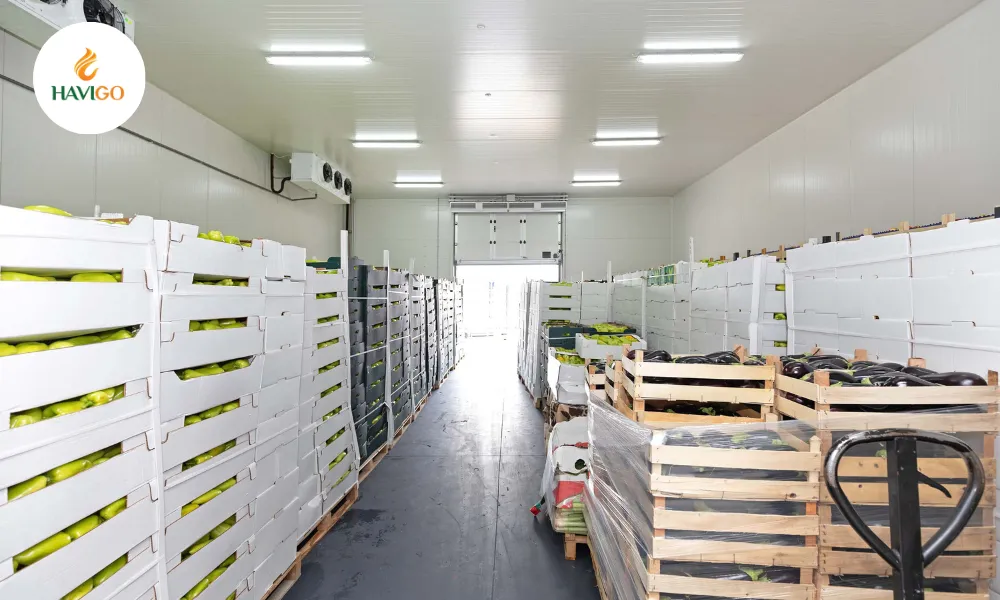
5.3. High Competition in Asian Markets for Mango Export
Vietnamese mango exporters face stiff competition from well-established mango-exporting countries such as Thailand, India, and the Philippines. As a result, these competitors, with their competitive pricing, strong branding, and mature export networks, make it essential for mango exporters to continuously improve product quality, marketing strategies, and supply reliability. Differentiation through premium varieties, certifications like Global GAP, and consistent export standards allows Vietnam to carve out a unique position in the international market while responding to the growing demand for high-quality Vietnamese mango fruit.
6. Strategies to Boost Mango Export Profitability
6.1. Branding and Storytelling
Authentic origin stories, clear information about farming regions, and transparency in the supply chain help Vietnamese mango fruit stand out in premium international markets. B2B buyers increasingly value not just product quality but also the narrative behind it, including traceability, sustainable practices, and the expertise of growers. Strong branding builds trust, strengthens long-term partnerships, and allows exporters like HAVIGO to position Vietnamese mango fruit as a premium, reliable option for global retailers and gourmet distributors.
6.2. Diversifying Mango-Based Products
Authentic origin stories, clear information about farming regions, and transparency in the supply chain help Vietnamese mango fruit stand out in premium international markets. In addition, B2B buyers increasingly value not only product quality but also the story behind it, including traceability, sustainable practices, and the expertise of growers. As a result, strong branding builds trust, strengthens long-term partnerships, and enables exporters like HAVIGO to position Vietnamese mango fruit as a premium and reliable option for global retailers and gourmet distributors.
6.3. Targeting High-Value Markets
Premium markets such as Japan, the EU, and the U.S. offer higher export prices for quality Vietnamese mango fruit and reward consistency, certifications, and professional handling. These markets demand strict compliance with food safety standards, careful cold-chain logistics, and clear documentation, which encourages exporters to maintain rigorous quality control from farm to shipment. Successfully entering these high-value markets not only enhances brand recognition for Vietnamese mango but also positions exporters to compete effectively on the global stage with well-established mango-exporting countries.
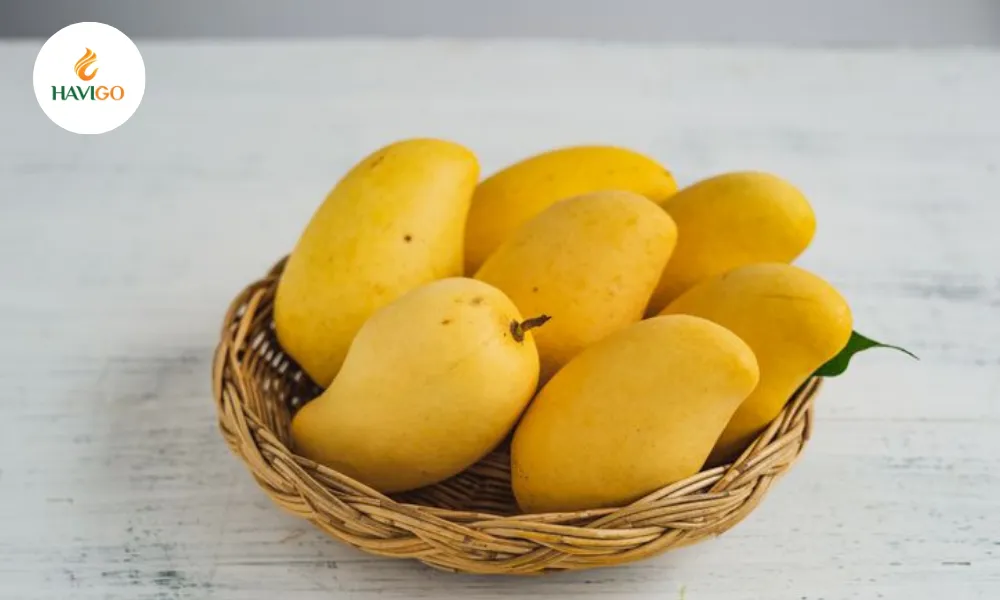
7. Price Trends and Market Fluctuations
7.1. Export Price Ranges
The mango price in international markets can fluctuate significantly due to seasonal variations, climate impact, and global demand shifts. For mango exporters, monitoring market trends and adjusting supply strategies is essential to maintain competitiveness. Changes in mango price directly affect profit margins, requiring careful planning in harvest, processing, and export schedules. Strategic partnerships with buyers and long-term contracts can help stabilize revenue despite market volatility.
7.2. Factors Influencing Pricing
Volatile mango price impacts the overall strategy of mango export, influencing decisions on production volume, harvesting time, and distribution channels. Exporters must balance market demand, quality standards, and logistical costs to ensure profitable operations. Fluctuations in mango price may also prompt diversification into value-added products to maintain revenue streams. Effective market intelligence and proactive planning are crucial for sustaining consistent mango export in competitive global markets.
8. Sustainable Mango Farming for Long-Term Growth
8.1. Organic Farming Initiatives
Organic Vietnamese mango fruit is gaining popularity among health-conscious consumers who prioritize natural and chemical-free produce. Certified organic farming not only enhances market access but also supports premium pricing opportunities, allowing exporters to position Vietnamese mango export as a high-value product. Increasing awareness of sustainability and food safety further strengthens the appeal of organic Vietnamese mango in competitive international markets.
8.2. Reducing Post-Harvest Losses
Improved harvesting practices, training for farm workers, and modern storage solutions help minimize damage and spoilage, ensuring that more Vietnamese mango fruit meets export standards. Efficient post-harvest management also allows exporters to maintain consistent supply, reduce waste, and protect profit margins, which is essential for sustainable mango export. By adopting advanced cold-chain technology, exporters can preserve flavor, texture, and appearance for demanding international buyers.
9. Future Opportunities for Mango Export in Global Markets
9.1. E-commerce Integration for Mango Export
Exporters are increasingly leveraging global B2B e-commerce platforms such as Alibaba, Amazon, and other international wholesale marketplaces to promote Vietnamese mango export. Online platforms allow direct connection with buyers, faster order processing, and broader market reach, helping exporters respond quickly to demand fluctuations. This digital approach complements traditional trade channels, expanding sales opportunities while showcasing the quality and traceability of Vietnamese mango fruit.
9.2. Value-Added Processing to Strengthen Mango Export
Developing processed products such as mango snacks, mango powder, ready-to-use puree, and other value-added items creates higher profit margins and longer shelf life. Diversification into processed mango products also strengthens the reputation of Vietnamese mango export by highlighting versatility and meeting year-round global demand. These innovations enable exporters to tap into new market segments, from food service companies to health-focused consumers, enhancing overall competitiveness on the international stage.
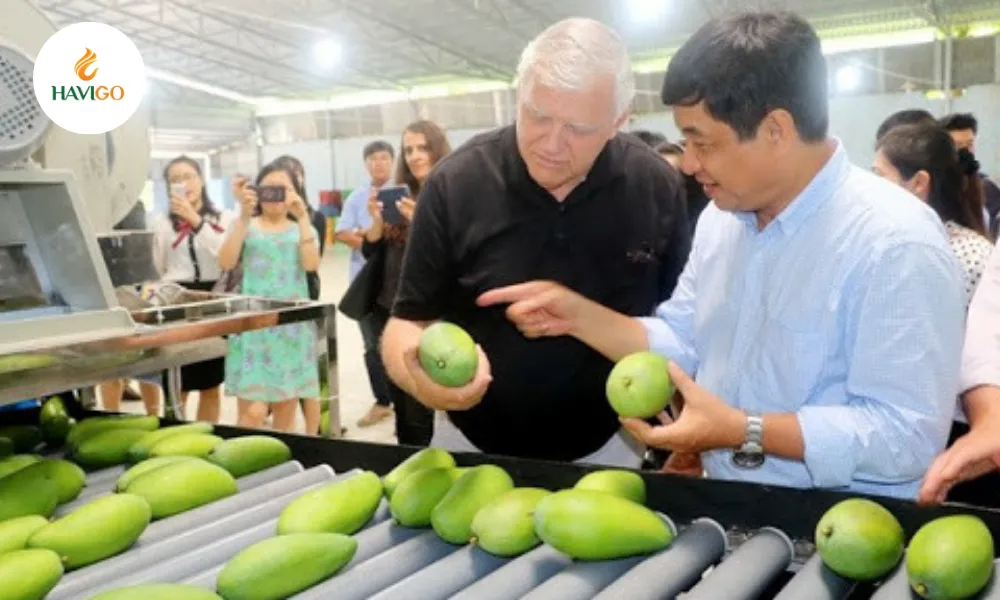
FAQs
- Which Vietnamese mango variety is best for export?
Cat Chu is considered the best Vietnamese mango fruit for export due to its balanced sweetness and long shelf life. - Do Vietnamese mangoes meet U.S. and Japanese requirements?
Yes. Many farms follow Global GAP and use certified VHT or irradiation facilities. - How long can Vietnamese mango fruit stay fresh during transport?
With proper cold-chain handling, freshness can be maintained for 28–32 days. - What documents are required when exporting Vietnamese mango fruit?
Phytosanitary certificate, certificate of origin, commercial invoice, and packing list. - What is the biggest challenge for exporters?
Maintaining consistent quality during transport and competing globally on pricing and standards. - Are value-added mango products profitable?
Yes, processed products often deliver higher margins and longer shelf life.
Conclusion
The market for Vietnamese mango fruit continues to expand as global demand for premium tropical products rises. With competitive pricing, diverse mango varieties, and improving agricultural practices, Vietnam is increasingly well-positioned to meet the needs of international buyers. Furthermore, leading exporters like HAVIGO support this growth by providing reliable sourcing, advanced post-harvest handling, and consistent export performance, making Vietnamese mango fruit a strong choice for long-term international supply programs.
Stay Connected with Havigo: Your Source for High-Quality Mango
Havigo Company Limited is your reliable agricultural export partner in Vietnam. We specialize in supplying and delivering high-quality Vietnamese agricultural products, including spices, rice, beans, and fruits, to the global market.
We aim to build long-lasting partnerships by guaranteeing the following core elements:
- Superior Quality Assurance: We are confident in our ability to consistently deliver products that meet the highest international quality standards required by the global market.
- The Best Competitive Pricing: We provide high-quality goods at the most competitive prices in the market, helping to optimize the profitability of your import operations.
- Prompt & Dedicated Support: Our team is committed to offering fast, enthusiastic, and professional customer support throughout our entire partnership journey.
If you are interested in importing mango from Vietnam, please contact us immediately for the best support!
Contact Us Today:
To receive a quotation and detailed assistance, please reach out directly via WhatsApp: +84 979 58 58 56. We look forward to partnering with you!



